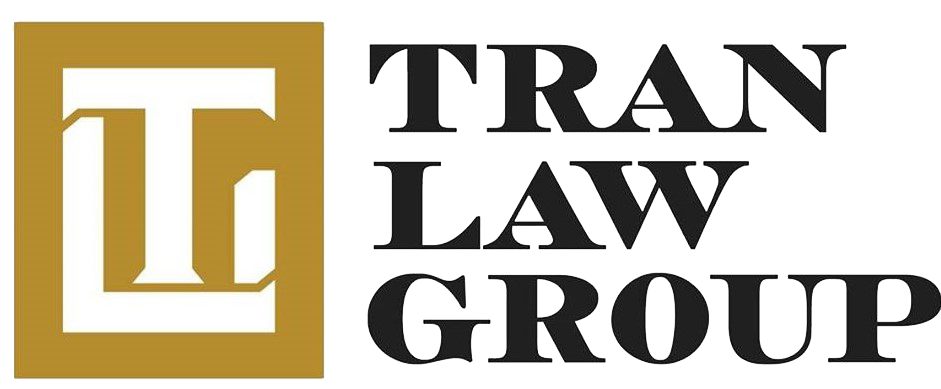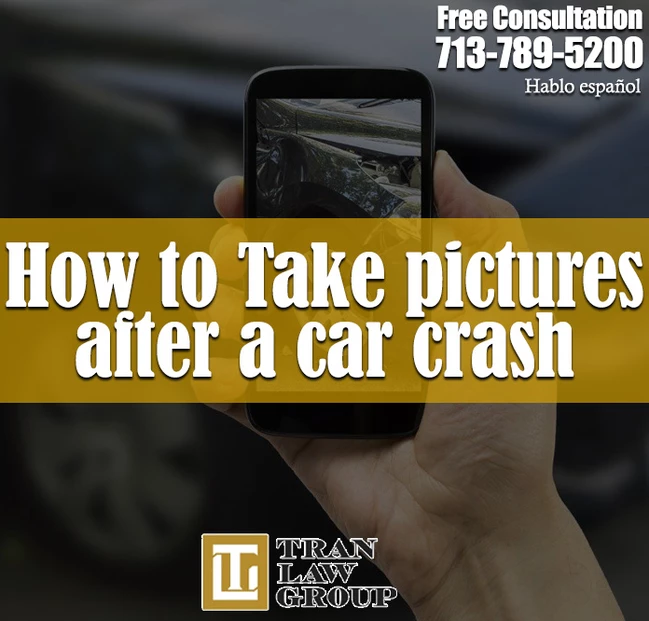A picture is worth a thousand words, but when it comes time to file an insurance claim, a picture can be worth thousands of dollars. The amount of effort you put into documenting the scene could make or break your claim. If there is a dispute related to liability or damages, photos from the scene can be crucial for proving your case.
Read on to find out how to take pictures of a car crash scene:
1. Take photos as soon as you can after the accident.
Figuring out what to do after a car accident can be overwhelming, but it’s essential to capture the scene as accurately as you can. At this point, time is of the essence. You’ll want to document the position of the cars and the condition of the road quickly—even before the police arrive—to make your photos as helpful as possible.
Remember, even though accident photos are important, your health and safety come first! Only take accident pictures if it is safe to do so, and prioritize getting medical attention first if you are injured.
If you are injured, shaken up from the crash, or otherwise unable to walk around and snap pictures of car crash, delegate photography responsibilities to a passenger, loved one, or helpful witness.
2. Get accident scene photos from different angles.
Your accident scene photos should be a silent summary of everything that happened. Get some pictures from different perspectives to be extra thorough. Capture close-up photos of dents and scratches to document the damage your car sustained. Then, step a few feet away from the wreck and do a lap around it, capturing the accident as seen from all sides.




3. Document every detail.
Crash photos are evidence. When the tow truck pulls away with your car, your evidence gets hauled away with it! Photograph every detail before it’s too late. Take pictures of scratches, broken windows, deployed airbags, dents, busted tires, and leaking fluids. If possible, pop the hood and document visible engine damage, too. A detail that may seem unimportant at the time may end up being important for legal or insurance reasons later on, so be a little extra!
4. Take the same pictures with and without a flash.
Lighting can affect the detail and quality of your photos, so take pictures with the flash and without the flash. If anything looks unclear or distorted, having a back-up photo with different lighting can help answer any questions.
5. Capture photos of the surrounding area.
Car accidents don’t take place in a vacuum, and it’s crucial to document the surrounding area, especially anything that played a part in or resulted from the collision. Skid marks, broken glass, traffic signs, road debris, and even weather conditions help paint a clearer picture of why your car accident happened.
For example, skid marks can offer clues about speed, braking, or sliding. Traffic signs and lights may provide explanations about what went wrong (or who had the right of way). Photographs of inclement weather conditions can account for a driver’s lack of visibility.
Capturing photos of these elements can help support your insurance claim, so take pictures of the entire scene, not just the vehicles.


A photo won’t be able to show whether a traffic light was red or green at the time of a crash, but the position of traffic lights, signs, and other indicators relative to the crash scene will provide valuable information for accident reconstruction specialists and investigators. Likewise, if you’re able to take photos of the scene that include skid marks, debris, broken glass, or other indicators of how the crash occurred or its aftermath, those can be helpful.
6. Take pictures of your injuries.
Taking pictures of your injuries is one of the most important things that you can photograph after a crash. You should take pictures of your injuries as soon as possible after they were sustained and in the days following your accident. Some injuries, like bruises, will not show up immediately. As they appear, make sure you document them.
Wounds heal and bruises fade, so make sure to photograph any injuries soon after your crash. If you’re unable to take photos yourself, ask someone to assist you. These photos can be crucial for insurance or legal purposes. If your injuries aren’t visible, keep good records of medical documents and tests, such as x-rays or MRIs.


7. Take photos of everyone’s documents.
The traditional advice after an accident is to jot down the driver’s license, registration, and insurance information of all parties involved. However, it’s easy to misspell a name or number when you’re shaken from a crash. Little mistakes like that can cause significant issues with insurance claims. Instead, photograph documents to help prevent these types of errors.
8. Go snap crazy.
The more pictures of the car crash you take, the more helpful you can be. You can always delete irrelevant pics cluttering up your camera roll, but you can’t take new ones after the scene has been cleaned up. When someone has a question regarding an insurance claim or legal case, your best possible answer is, “I have a photo of that.”
Use these tips to take helpful and accurate pictures after a car accident. You might not need to use them now, but you’ll be glad you know how to take pictures of your car for insurance purposes should the time ever come.
If you or a loved one was involved in an auto accident, don’t delay your compensation! Contact Tran Law Group at 713-789-5200 as soon as possible. Let us be your legal team in your time of need.



